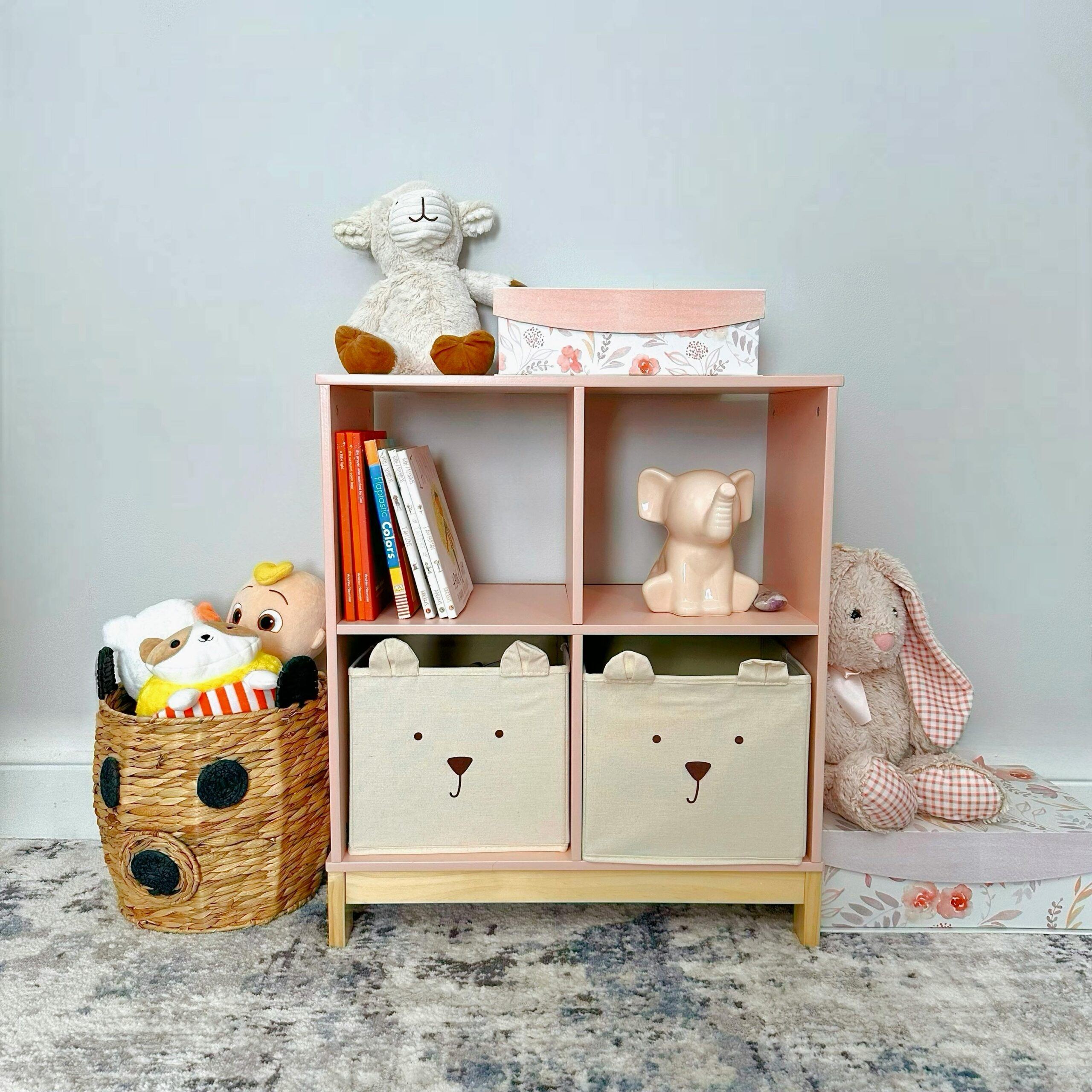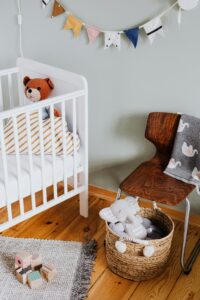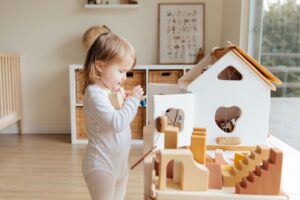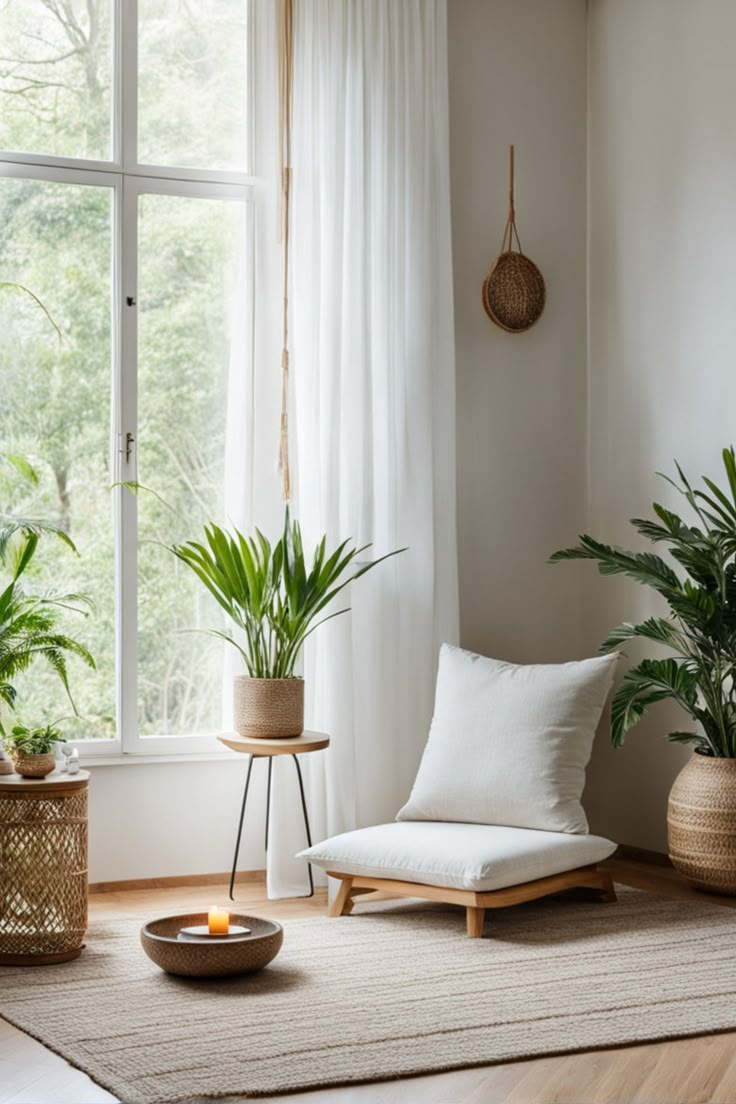Creating a Toy Rotation System: Less Clutter, More Imagination

If your home feels overwhelmed with toys and your child still seems “bored,” a toy rotation system might be the mindful solution you’ve been looking for. This simple strategy not only reduces visual clutter but also boosts your child’s creativity and focus—by offering fewer, more intentional play options at a time.
Let’s dive into how creating a toy rotation system can transform your space and your child’s imaginative world.
What is a Toy Rotation System?
A toy rotation system is a method of organizing toys into groups and only offering one group at a time for play. The remaining toys are stored out of sight and rotated weekly or biweekly. The result? A calmer, more focused environment for both child and parent.
Why Toy Rotation Works
-
Less Overwhelm = More Focus
When children have too many choices, they often feel overstimulated and less engaged. A limited selection encourages deeper play and imagination. -
Fewer Messes to Tidy Up
Fewer toys out means faster cleanup for you and easier tidying habits for your child to learn. -
Newness Without Buying More
 Rotated toys feel “new” when reintroduced, keeping playtime exciting without the need for constant shopping.
Rotated toys feel “new” when reintroduced, keeping playtime exciting without the need for constant shopping. -
Supports Montessori & Minimalist Values
The system naturally aligns with Montessori-style parenting and a minimalist home environment.How to Set Up Your Toy Rotation System
1. Declutter First
Go through all toys and remove broken items or those your child has outgrown. Involve your child if age-appropriate—it can help them understand and embrace the process.
2. Sort Toys into Categories
Group toys by type: puzzles, pretend play, building blocks, sensory play, etc. This helps you rotate variety across different developmental areas.
3. Choose Storage
Use clear bins, baskets, or storage drawers labeled by rotation. Store the unused toys in a closet, under the bed, or in a labeled box in the garage.
4. Set a Rotation Schedule
Decide how often you’ll rotate toys. Many parents find a weekly or biweekly schedule works best. Let your child know that favorite toys will come back—this builds trust in the system.
5. Observe & Adjust
Watch how your child engages with the toys available. If some aren’t being used, swap them out sooner. If a favorite toy is heavily used, it’s okay to keep it out longer.
Tips for Success
-
Keep It Simple: You don’t need Pinterest-perfect shelves. Functionality beats aesthetics, especially in a busy home.
-
Balance Open-Ended & Structured Toys: Include both types in each rotation to stimulate different kinds of play.
-
Involve Your Child: As they grow, let them help choose what to keep out or put away—it encourages ownership and decision-making.
Benefits Beyond the Playroom
-
Promotes Mindful Parenting: You become more aware of what your child truly loves and needs.
-
Creates a Calmer Home: Less clutter = less stress for the whole family.
-
Encourages Independent Play: Children can more easily navigate a tidy, organized space, which promotes independent exploration.
👉 Kids Room Organization Ideas
Real-Life Example
Let’s say your child has 60 toys. Instead of having all 60 out, you rotate 15 at a time. That’s only 15 toys to put away, clean up, and enjoy—while the other 45 are stored safely out of sight. Every two weeks, you swap them, and your child lights up like it’s their birthday all over again.
Conclusion: A Simple System with Lasting Impact
Creating a toy rotation system is not just about tidying up—it’s about making space for deeper creativity, imagination, and peace at home. With a little organization and intention, you can turn the chaos into calm and clutter into curiosity.
Start small, be consistent, and watch how your child thrives when given the freedom to focus and play.
Research shows that toy rotation systems not only reduce clutter but also improve focus and encourage imaginative play. According to the American Academy of Pediatrics, simplifying toys and rotating them can significantly boost a child’s creativity and engagement in play.
- 👉 Read more about toy organization and child development on HealthyChildren.org

Disclaimer: This post may contain affiliate links. That means if you click and make a purchase, I may earn a small commission at no extra cost to you. I only recommend products I truly love and believe add value to your life. Thank you for supporting The Detangled Nest — it helps me continue creating free content for you. 💕
-
🌿 Want more simple living tips?
Subscribe below and get your free guide!



